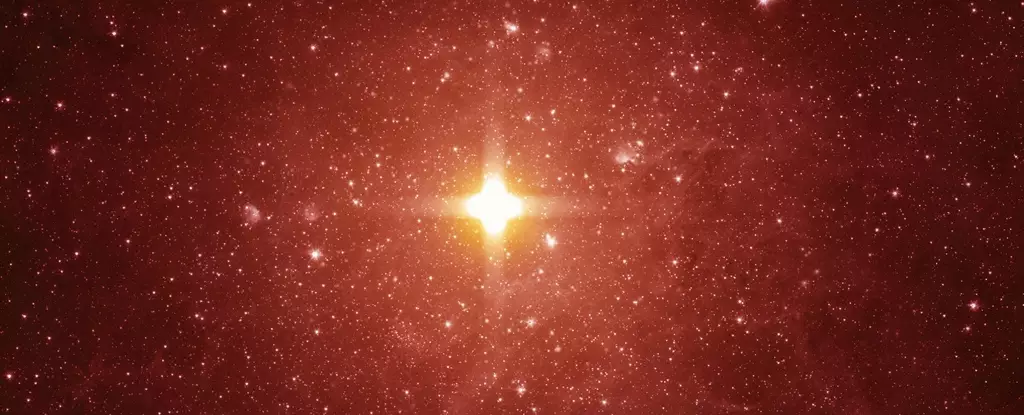Throughout history, the perception of stars as fixed and unchanging has been shattered by the appearance of unpredictable “guest stars.” These celestial events, such as the one witnessed on July 4, 1054, challenge ancient beliefs and captivate astronomers worldwide. Unlike the steady glow of familiar stars, guest stars emerge suddenly, brighten the sky for a brief period, and then disappear without a trace.
In the upcoming months of 2024, stargazers on Earth will have the chance to witness a nova explosion in the star system known as T Coronae Borealis, or T CrB. While not as magnificent as the event of 1054, T CrB will still shine 1,500 times brighter than usual. Located in the night sky as the 50th brightest star, T CrB offers a unique opportunity to observe a rare cosmic phenomenon that only occurs every 80 years.
Stars, regardless of their size, undergo a fascinating journey that culminates in spectacular displays like supernova explosions. Very massive stars, exceeding eight times the mass of our Sun, meet their end in dramatic fashion with violent bursts of energy. On the other hand, lower mass stars, including our own Sun, transform into red giants before fading into white dwarfs that eventually vanish from view.
T CrB stands out as a binary star system housing a red giant and a white dwarf locked in a cosmic dance every 228 days. The red giant’s expansion leads to a transfer of material onto the white dwarf, creating an accretion disk swirling with hydrogen. As the hydrogen accumulates and reaches extreme temperatures, it ignites in a powerful thermonuclear reaction, resulting in a nova explosion that illuminates the night sky.
During T CrB’s past novae in 1866 and 1946, astronomers noticed a pattern of slight brightness changes preceding the explosion. These fluctuations, including a recent brightening in 2015 and dimming in March 2023, hint at the imminent nova event expected in 2024. By carefully monitoring these variations, scientists can predict the timing of T CrB’s next spectacular display for observers on Earth.
As T CrB brightens during the nova event, it will briefly outshine all other stars in its constellation, Corona Borealis. Located in the northern skies near prominent constellations like Bootes and Ursa Major, Corona Borealis offers a mesmerizing backdrop for witnessing this celestial spectacle. While fleeting in its brilliance, T CrB’s luminosity during the nova will leave a lasting impression on those fortunate enough to witness it.
For seasoned astronomers and novice stargazers alike, the T CrB nova presents a unique educational opportunity to engage with the wonders of the universe. By familiarizing oneself with the location of Corona Borealis and monitoring T CrB’s changing brightness, observers can deepen their understanding of stellar phenomena and ignite a passion for astronomy. Whether gazing upon the night sky for the first time or continuing a lifelong passion, the T CrB nova serves as a reminder of the awe-inspiring nature of our cosmos.
The upcoming nova event of T Coronae Borealis promises to be a rare and captivating astronomical event for observers on Earth. As the cosmos unfolds before our eyes, we are reminded of the dynamic and ever-changing nature of the universe we inhabit. Whether gazing upon the night sky in wonder or delving into the mysteries of stellar evolution, the T CrB nova invites us to embrace the beauty and complexity of the cosmos.


Leave a Reply